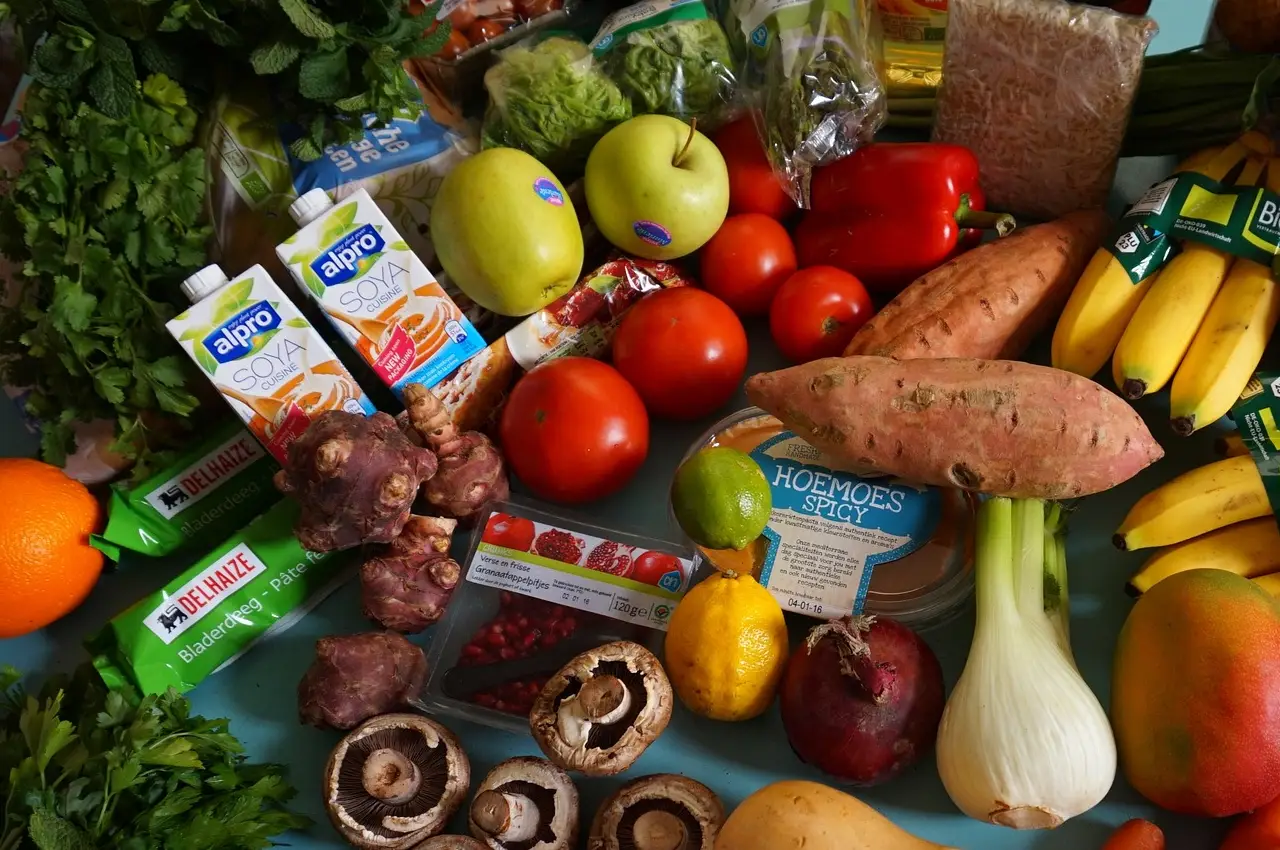
Grocery Shopping Soars Online: Covid-19 Impact
One significant factor that has accelerated the rise of online grocery shopping is the COVID-19 pandemic. The global health crisis forced people to re-evaluate their daily routines and prioritize their health and safety. As a result, many individuals turned to online platforms to meet their essential needs, including grocery shopping. Here’s how COVID-19 acted as a catalyst for the surge in online grocery shopping:
Health and Safety Concerns
The fear of contracting the virus prompted a significant shift in consumer behavior. People became more cautious about crowded places, including supermarkets, where maintaining social distancing was challenging. The potential risk of exposure to the virus during in-person grocery shopping led many individuals, especially the elderly, immunocompromised, and those with underlying health conditions, to explore online alternatives. By shopping online, they could minimize the risk of exposure to the virus while still obtaining the necessary supplies.
Lockdowns and Movement Restrictions
Lockdown measures and movement restrictions implemented by governments worldwide further limited people’s ability to visit physical stores. With restrictions on non-essential travel and stay-at-home orders, individuals were left with no choice but to find alternative ways to purchase groceries. Online grocery shopping emerged as a viable solution, enabling consumers to access a wide range of products without leaving their homes. This convenience became particularly valuable for individuals living in areas with limited access to nearby supermarkets or those unable to travel to physical stores.
Increased Digital Adoption
The pandemic forced people to become more comfortable with technology and digital platforms. Individuals who were previously hesitant or unfamiliar with online shopping quickly adapted to the new reality. The necessity to procure groceries without physical contact with others encouraged individuals to overcome any technological barriers they might have had and embrace online grocery shopping. As a result, there was a surge in the number of first-time online grocery shoppers, with many experiencing the convenience and benefits associated with the practice.
Supply Chain Disruptions
The pandemic disrupted global supply chains, leading to sporadic shortages and unpredictable availability of products in physical stores. Panic buying and stockpiling by consumers exacerbated these issues, leaving many shelves empty. In contrast, online grocery retailers had better control over their inventory management and could communicate real-time product availability to customers. This transparency and the ability to quickly adapt to changing circumstances made online grocery shopping an attractive option for individuals seeking a reliable source of supplies during uncertain times.
Contactless Delivery and Safety Measures
Online grocery retailers responded to the pandemic by implementing strict safety measures, including contactless delivery options. Customers could have their groceries dropped off at their doorsteps, minimizing physical contact and reducing the risk of virus transmission. Additionally, online retailers implemented enhanced hygiene protocols in their warehouses and during the packaging process to ensure the safety and well-being of both their employees and customers. These measures provided reassurance to consumers, further driving the adoption of online grocery shopping.
In conclusion, the COVID-19 pandemic played a crucial role in accelerating the rise of online grocery shopping. It heightened health and safety concerns, restricted movement, increased digital adoption, and showcased the convenience and reliability of online platforms. As we move forward, it is likely that the habits formed during the pandemic will continue to shape consumer behavior, making online grocery shopping an integral part of our lives even beyond the crisis.





